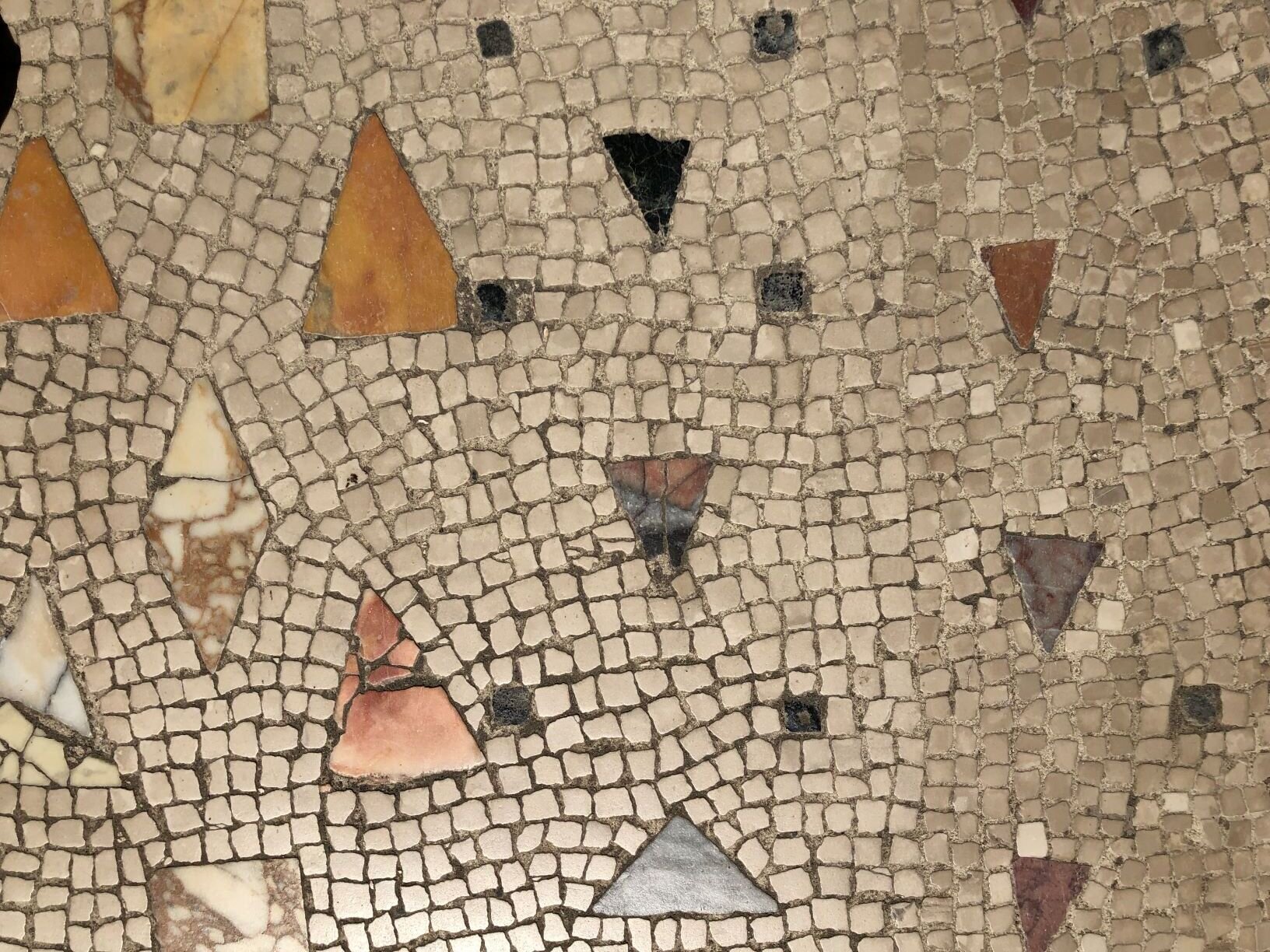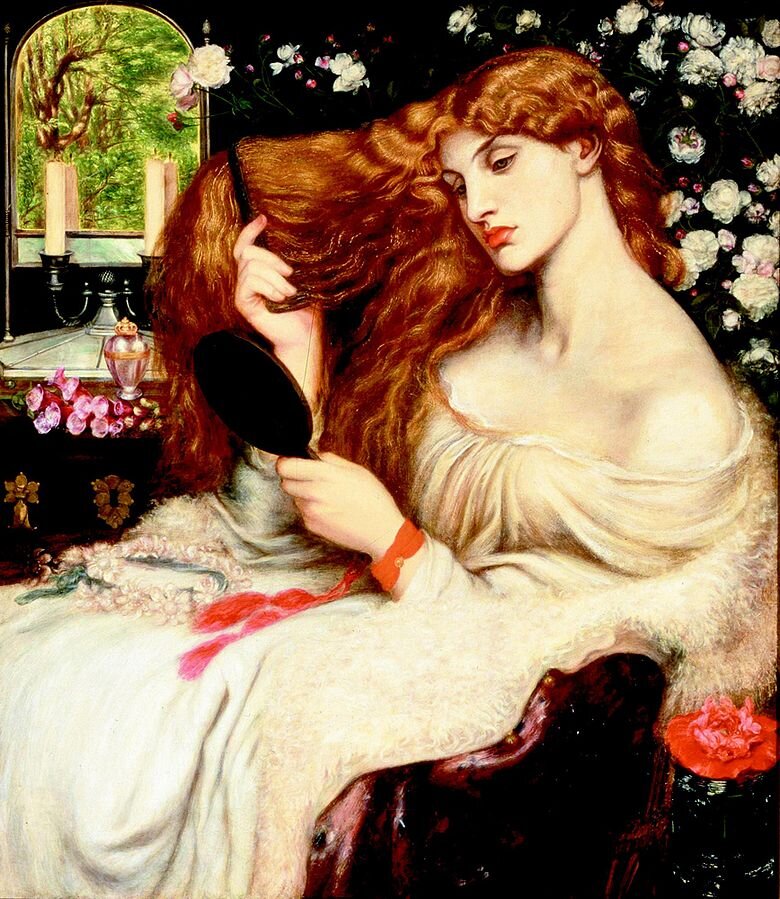
Teaching
Here are a few classes I teach, with links to syllabi.
-

What is Nature?
What is nature? Is it found in a park, where you wander among trees and cute forest animals? Is it an untouched, pristine wilderness? Are some of us closer to nature than others? This course examines the ways that artists and writers have constructed “nature” as an idealized place or set of qualities, partly imaginary, partly concrete. Our objects of study will range from Mary Shelley’s Frankenstein, to Margaret Atwood’s Oryx and Crake, to Steven Spielberg’s shark-shocker, Jaws. Syllabus here.
-

Oscar Wilde: Art Rebel
This course explores the art, wit, meteoric rise, and tragic downfall of Oscar Wilde. How did the most popular writer of his age end up confined to a prison cell? We study his roots in Ireland, his ascent in London society as a celebrated playwright, and his stunning arrest and imprisonment for “acts of gross indecency” with other men. Wilde was more than a gay martyr: he was also a philosopher and member of a radical counterculture devoted to art and beauty. Syllabus here.
-

The 19th-Century Criminal
The nineteenth-century criminal was a popular, sensationalized figure whose lurid appeal has persisted into the present day. Victorian Britain saw the invention of the Metropolitan police force, the professional detectives at Scotland Yard, the mug shot, and the fingerprint. At the same time, systemic oppression and inequalities cast certain men and women into the category of “criminal,” including the prostitute and the African-American slave. The course considers a range of literature, art, media, and philosophy. Why does this old-fashioned underworld continue to appear in contemporary TV and film? Syllabus here.
-

Visuality and Visual Culture: Graduate Seminar
This course studies diverse aspects of Victorian visuality, from the science of optics to the politics of empire. We consider literary works remarkable for their visual play, such as Dickens’s Bleak House and Brontë’s Villette, as well as the aesthetic (and political) art philosophies of John Ruskin and Walter Pater. Key archives of Victorian visual culture include illustrated books, advertising posters, and representations of the Great Exhibition of 1851. Class meetings also study Victorian photography, ekphrasis, criminality, empire, race, and decadence. Syllabus here.